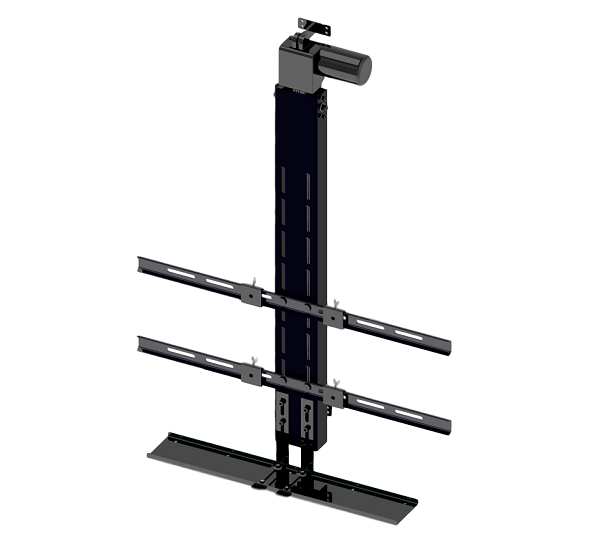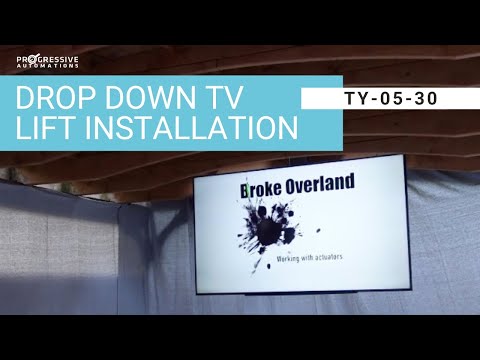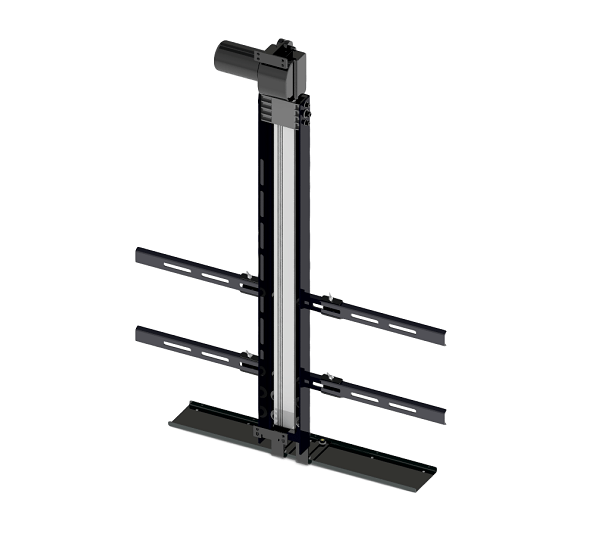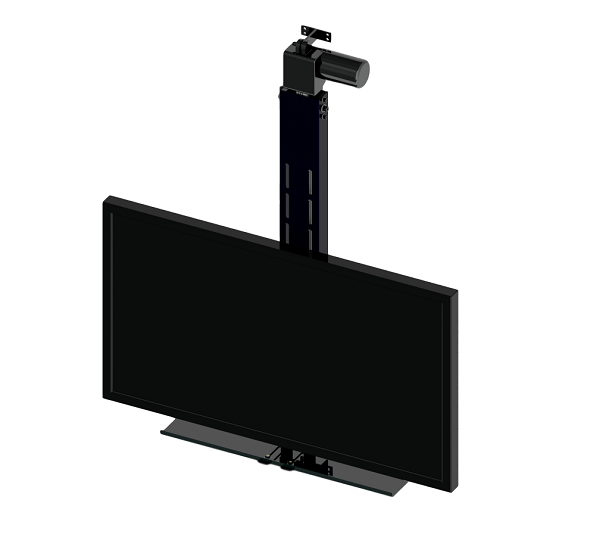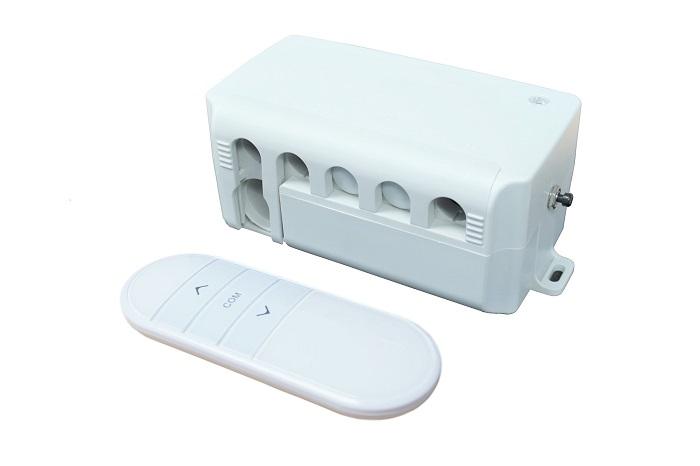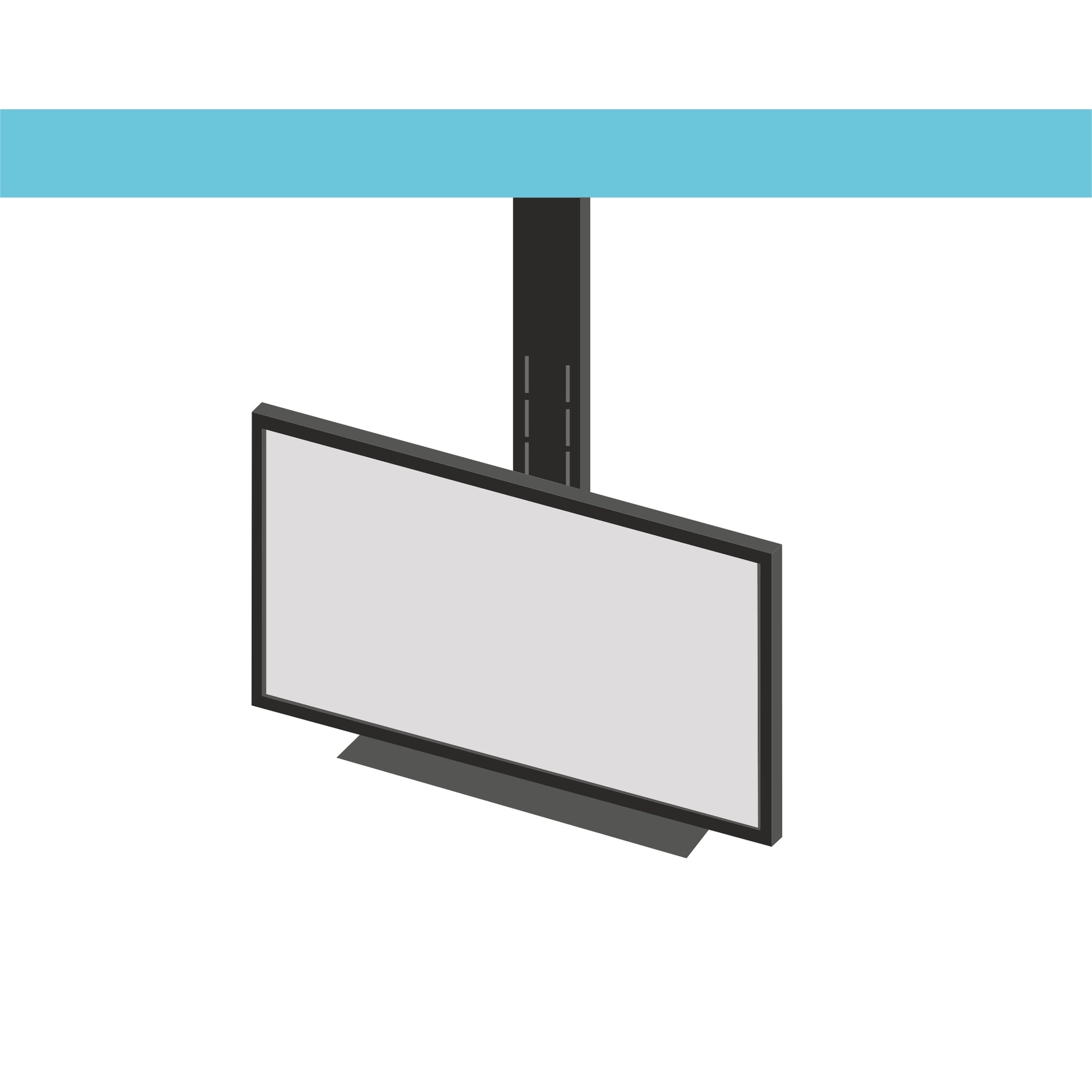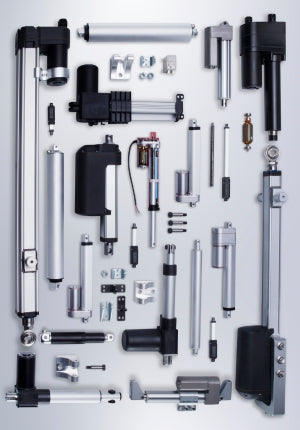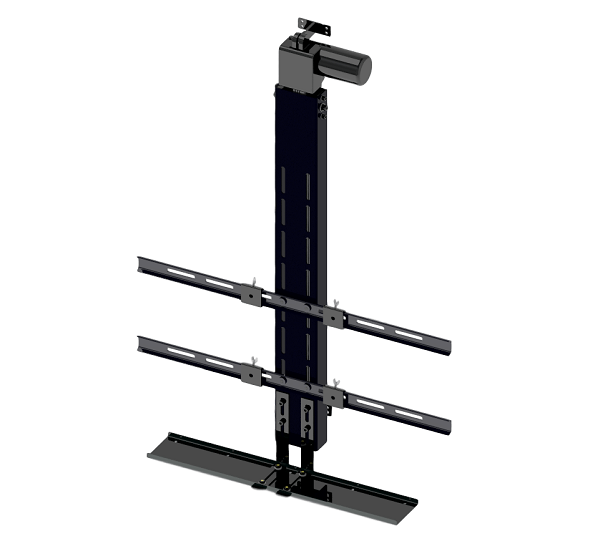
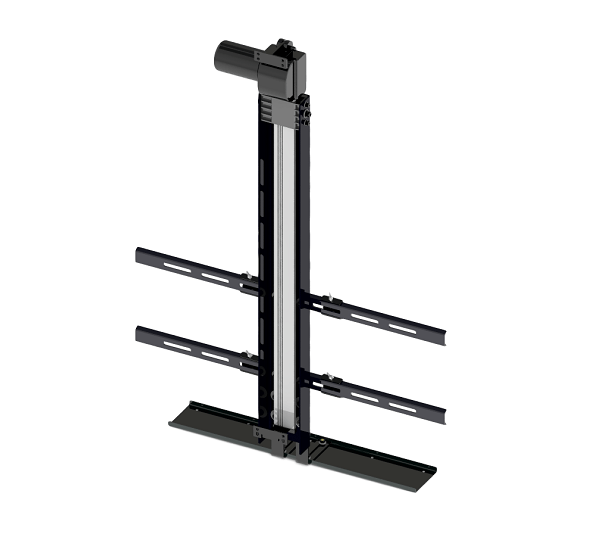
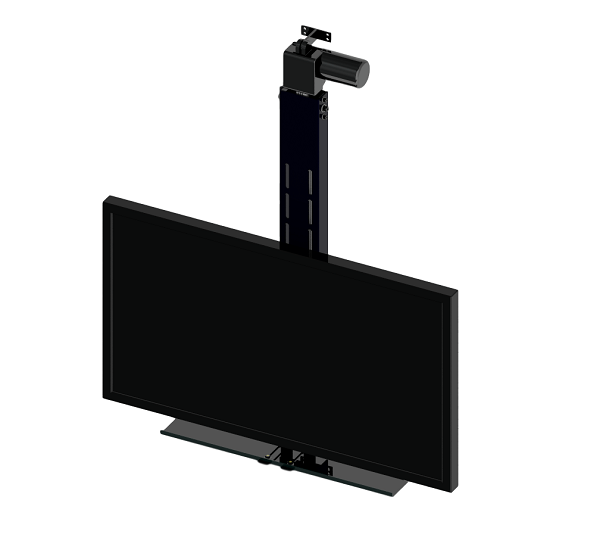
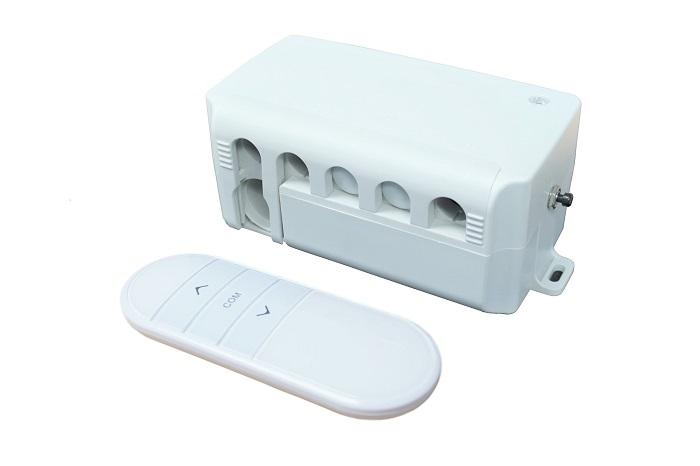
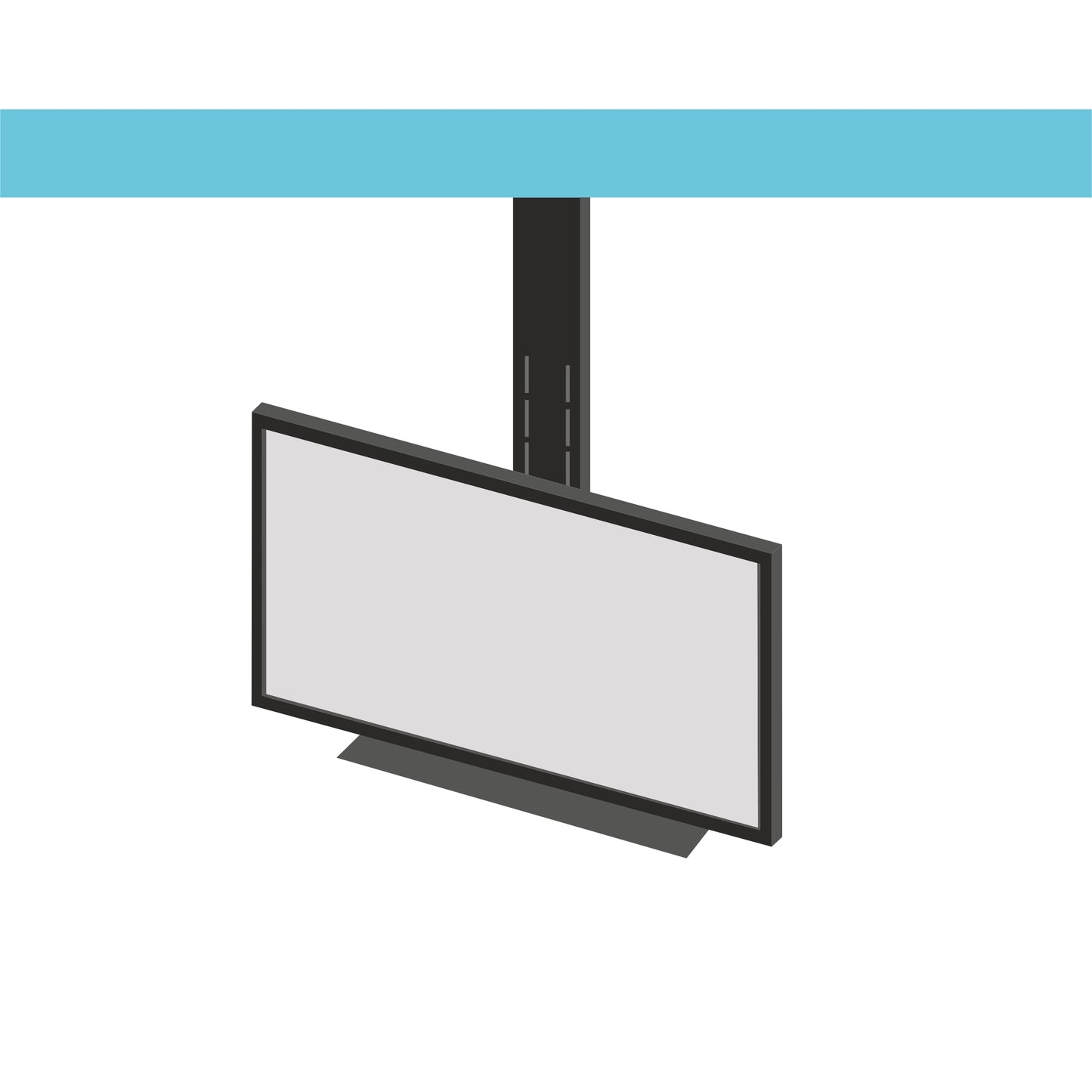
El elevador de TV desplegable TY-05-40 se instala fácilmente para automatizar su sistema de entretenimiento doméstico. Con el diseño desplegable, puede bajar su televisor hasta 75 "hacia abajo desde el techo y levantarlo de nuevo para ocultar a la vista cuando no esté en uso. La serie TY-05 se diseñó para poder instalarse en espacios reducidos, como áticos, y se controla fácilmente mediante un mando a distancia con cable o inalámbrico. El TY-05-40 tiene una distancia de desplazamiento de 40" y tiene una capacidad de carga de 110 libras.
Para obtener instrucciones de instalación paso a paso, consulte nuestro Ficha técnica de la serie TY-05.
OPCIONES PERSONALIZADAS
¿Busca un actuador pero las especificaciones no coinciden exactamente con lo que necesita? Contamos con una extensa lista de capacidades de personalización para garantizar que obtenga exactamente lo que necesita para su proyecto. Descargue la hoja de datos de este producto y descubra más sobre sus opciones de personalización.
El elevador de TV desplegable TY-05-40 se instala fácilmente para automatizar su sistema de entretenimiento doméstico. Con el diseño desplegable, puede bajar su televisor hasta 75 "hacia abajo desde el techo y levantarlo de nuevo para ocultar a la vista cuando no esté en uso. La serie TY-05 se diseñó para poder instalarse en espacios reducidos, como áticos, y se controla fácilmente mediante un mando a distancia con cable o inalámbrico. El TY-05-40 tiene una distancia de desplazamiento de 40" y tiene una capacidad de carga de 110 libras.
Para obtener instrucciones de instalación paso a paso, consulte nuestro Ficha técnica de la serie TY-05.
OPCIONES PERSONALIZADAS
¿Busca un actuador pero las especificaciones no coinciden exactamente con lo que necesita? Contamos con una extensa lista de capacidades de personalización para garantizar que obtenga exactamente lo que necesita para su proyecto. Descargue la hoja de datos de este producto y descubra más sobre sus opciones de personalización.
Seguir un conjunto de estándares es crucial para que las empresas garanticen que sus productos y servicios puedan alcanzar un nivel de calidad que promueva la satisfacción del cliente. En Progressive Automations, nuestro único objetivo es lo mejor para nuestros clientes y nos esforzamos por lograr mejoras continuas. Debido a esto, nos complace anunciar que Progressive Automations ahora cuenta con la certificación ISO 9001:2015.
Calidad en la que puede confiar – Más información